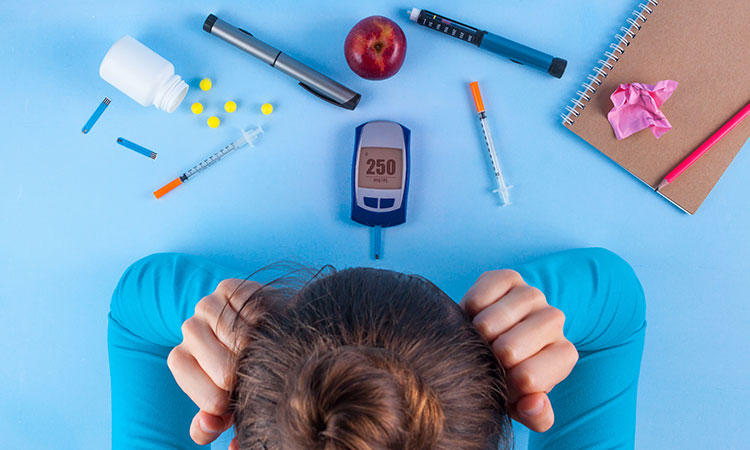

TIPS TO TAKE CARE OF YOUR DIABETES
Let’s get to the basics first. What is diabetes?When the body is resistant to insulin, does not produce enough or any insulin at all; the glucose does not reach your cells to produce energy. Thus a person is said to have diabetes. There are two main types of diabetes:
- Type 1 diabetes – formerly called juvenile diabetes, your body does not make insulin which requires taking insulin every day to live.
- Type 2 diabetes mellitus – Your body does not make or use insulin well. You may need to take pills or insulin to help keep your diabetes under control. This is the most common type of diabetes.
Diabetes prevention is as simple as eating healthy, becoming more physically active and losing a few extra pounds. It's never too late to start.
Learning how to control diabetes is important. Making a few simple changes in your lifestyle now may help you avoid serious health complications in the future.
Effects of diabetes can even be fatal. It can result in a heart attack or stroke, eye problems that can even lead to blindness, nerve damage and kidney related problems.
Symptoms of diabetesare the same in men and women such as:
- Excessive thirst and hunger
- Frequent urination
- Weight loss or gain
- Fatigue
- Irritability
- Blurred vision
- Slow-healing wounds
- Nausea
- Skin infections
- Darkening of skin in areas of body creases
- fruity, sweet or acetone odor breath
- Tingling or numbness on the hands or feet
Being armed with information will help you to control your diabetes and this guide includes specific information for controlling diabetes.
Step 1: Know Your Diabetes ABCs.
Talk to your doctor about how to manage your A1C, Blood pressure, and Cholesterol. This can help lower your chances of having a heart attack, stroke, or other health problems. This also helps you;
- Improve energy levels
- be less tired and thirsty
- take lesser washroom breaks
- have fewer skin or bladder infections
Step 2: Keep your Portion in Control
Limiting your serving size helps regulate calorie intake and can lead to weight loss. The more control you have over your serving sizes the better control you will have over your blood sugar levels.
Here are some helpful tips for controlling portions:
- use smaller plates
- avoid restaurants with buffet
- read food labels and check the serving sizes
- eat slowly
Step 3: Regular blood glucose testing
- A blood glucose monitor is an excellent tool for managing and controlling diabetes.
- Testing before and after meals can be a useful technique for measuring how different meals affect our sugar levels and help to improve our diet and dosage decisions.
Step 4: Lose Some Weight
As discussed earlier, it’s a no-brainer that maintaining a healthy weight will improve your health and prevent future health problems.
Research shows that even a 7% reduction in body weight can decrease your risk of developing diabetes by up to 58%.
What's more? For sustaining decreased risks over the years, you should also be conscious of your waistline i.e., 35 inches (88.9 cm) or more for women and 40 inches (101.6 cm) or more for men, as it is perhaps the most important weight-related factor for estimating your diabetes risk.
Things to Remember:
- Take diabetes seriously
- Learn how to keep your diabetes charts normal
- Track your progress at regular intervals
- Self-care should be a priority
- Live a healthy lifestyle.



